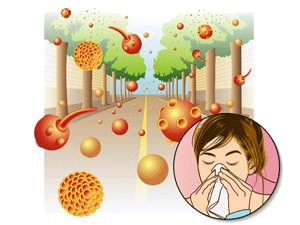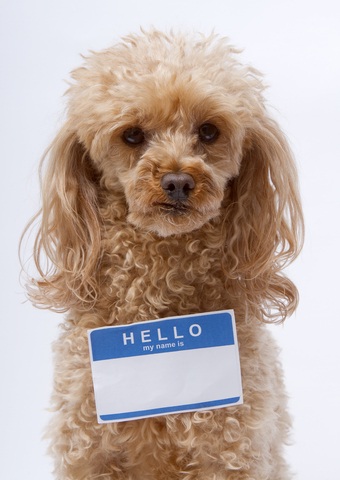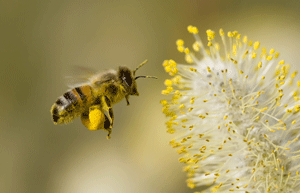 Long Winters May Bring
Long Winters May Bring
Severe Allergy Season
For areas of the country that endured (or are still enduring) a harsh winter, there is a bit of good news/bad news. Good news is that we know this record-breaking winter is approaching its end to welcome Spring.
The bad news is that trees and plants that have been waiting for warm weather to release their pollens. Pollen is released throughout the year, but the intense frigid winter had plants doing the same as people: staying closed up. Therefore, a more concentrated pollen saturation is set to fly this Spring to aggravate animals and people. Forecasters predict this season to one of the worst for allergy sufferers.
More temperate climates like the Southwest trade off by allowing for a never-ending flea season.
As the weather warms up, watch your pet for reactions. Regular bathing reduces offending allergens on the coat. Unscented baby wipes used on the paws after a walk can also reduce pollen contact.
For borderline allergic pets with symptoms, ask your veterinarian for guidelines of over-the-counter medications to control minor itching and scratching until the worse is over.
 Popular Pet Names
Popular Pet Names
in 2013
Website Rover.com has listed the top canine pet names for 2013. The site, which connects dog owners with pet sitters nationwide, analyzed its database of 200,000 registered members to come up with the name list, says CEO Aaron Easterly.Not surprising is that many on the list are “people names”. And why not? Pets’ status has climbed to full-fledge family member in many households.
Top Male Dog Names
1. Max
2. Buddy
3. Charlie
4. Jack
5. Cooper
6. Rocky
7. Toby
8. Bear
9. Jake
10. Teddy
Top Female Dog Names
1. Bella
2. Lucy
3. Daisy
4. Molly
5. Lola
6. Maggie
7. Sadie
8. Chloe
9. Sophie
10. Bailey

 Spring Kicks Off Allergy
Spring Kicks Off Allergy